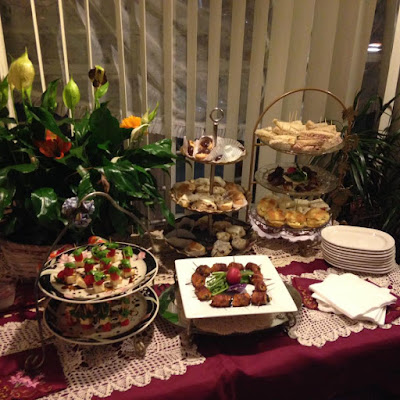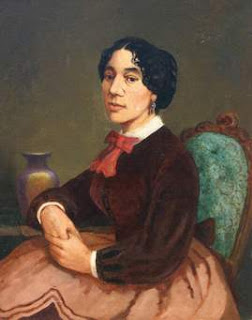
A good friend at work knows how I love Victorian dolls and thing of the past, brought me an American Girl doll in need of a good loving home and some serious medical attention. I think she is Samantha. She has one hand badly eaten by a dog, hair was tangled and matted.
I saved her from being thrown out.

 I plan to send her to the American Girl Doll Hospital. She will be in good health by May for the American Doll Tea Party at Hearthside
I plan to send her to the American Girl Doll Hospital. She will be in good health by May for the American Doll Tea Party at HearthsideThe History of Samantha Parkington: this doll was released in 1986, along with Kirsten Larson and Molly McIntire. They were American Girl's first three Historical Characters. Samantha was officially archived May 2009 after selling out Feb 3, 2009.

















































